Issue 19(31)
DOI: https://doi.org/10.33098/2078-6670.2025.19.31.341-350 Yosypiv А. Mechanisms of crime determination: a structural-functional approach
Yosypiv А. Mechanisms of crime determination: a structural-functional approach
Purpose. The article is dedicated to the study of causality in criminology, specifically the general scientific and philosophical problem of cause and effect. Attention is focused on the necessity of formulating an applied, practically oriented concept of the causes and conditions contributing to the commission of offenses, as well as their scientifically grounded classification, which can be used in the activities of subjects defined by law. It is established that numerous and diverse determinants influence the spread and reproduction of specific manifestations of crime. Methodology. The methodology combines theoretical analysis and a systemic approach to identify and structure the mechanisms of crime determination within the context of the structural-functional relationships of society. The following scientific research methods were used in the study: methods of theoretical and statistical analysis, the expert evaluation method, and the documentary method. Results. It is proven that conventionally, all factors that determine crime can be divided into two broad categories: those characteristic of society in peacetime, and those that arise in wartime conditions. The determinants of crime should be revealed not only as qualitatively defined, stable, and integral systems, but also from the perspective of their various functional-dynamic connections and interactions. The process of crime determination is a complex interplay of different forms of relationships: not only causal, but also functional, statistical, state-related, and others. Scientific Novelty. When studying the determination of crime, it is important to consider the specifics of social determinism. Its main feature lies in the fact that in society, all connections appear in the form of relationships between people – purposeful connections. The transformation of possibility into reality in society always occurs under the conditions of active human participation. The following concept of the named circumstances is formulated: the causes and conditions contributing to the commission of a crime (an act prohibited by criminal law) are a set of necessary, legally significant phenomena that regularly and inevitably lead to the commission of a crime. Practical Significance. The research findings can be utilized in law-making and law enforcement activities for: developing inter-agency cooperation; understanding the social context in which crime arises, which can influence investigation tactics, prevention approaches, and community interaction; substantiating and optimizing crime prevention strategies.
Key words: causality, consequence, determinants, factors determining crime, process of crime determination, social determinism.
References
- Zakaliuk, A. P. (2007). Kurs suchasnoi ukrainskoi kryminolohii: teoriia i praktyka: U 3 kn. – Kn. 1: Teoretychni zasady ta istoriia ukrainskoi kryminolohichnoi nauky [A course of modern Ukrainian criminology: theory and practice: In 3 books. – Book 1: Theoretical foundations and history of Ukrainian criminological science]. Kyiv: Vydavnychyi Dim «In Yure». (in Ukrainian)
- Yosypiv, A. (2021). Marhinalni hrupy yak obieekt kryminolohichnoho doslidzhennia: monohrafiia [Marginal groups as an object of criminological research: monograph]. Kyiv: «Vydavnytstvo Liudmyla». (in Ukrainian)
- Kolodiazhnyi, M. (2023). Viina i zlochynnist v Ukraini: Tochky sotsialno-pravovoho dotyku [War and crime in Ukraine: points of socio-legal contact]. Conferința științifică internațională „OMUL, CRIMINOLOGIA, ȘTIINȚA”, ediția a II-a Chișinău, 24 martie 2023, 402-405. Retrieved from https://ibn.idsi.md/sites/default/files/imag_file/402-405_14.pdf (in Ukrainian)
- Dzhuha, O. M., (Ed.), Mykhailenko, P. P., Kulyk, O. H., et al. (2001). Kurs kryminolohii: Zahalna chastyna: Pidruchnyk: U 2-kh kn. [Course of criminology: general part: textbook: in 2 books] Kyiv: Yurinkom Inter. (in Ukrainian)
- Lytvynov, O. M. (2010). Socio-legal mechanism of crime counteraction in Ukraine (theoretical and practical principles): Doctoral dissertation abstract. Dnipropetrovsk State University of Internal Affairs, Dnipro. (in Ukrainian)
- Yarmysh, N. M. (2003). Teoretychni problemy prychynno-naslidkovoho zv’iazku v kryminalnomu pravi (filosofsko-pravovyi analiz) [Theoretical problems of causal relationship in criminal law (philosophical and legal analysis)]. Kharkiv: National Law Academy of Ukraine named after Yaroslav the Wise. (in Ukrainian)
- Nazarenko, D. O. (2013). Kryminolohichnyi analiz ta protydiia fonovym dlia zlochynnosti iavyshcham: monohrafiia [Criminological analysis and counteraction to background phenomena for crime: monograph]. Kharkiv: Disa-plus. (in Ukrainian)
- Dzhuha, O. M., Vasylevych, V. V., Hida, O. F., et al. (2011). Profilaktyka zlochyniv: pidruchnyk [Crime prevention: textbook]. Kyiv: Atika. (in Ukrainian)



